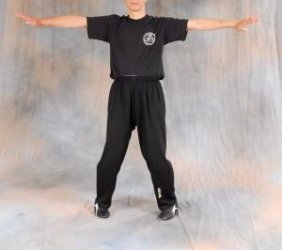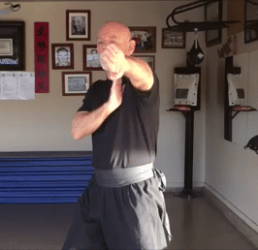We call it a "line", but technically you are absolutely right, Danny. If you are talking geometry, it functions like a plane. I think we use the term line kind of generically, just to keep things simple.
Personally I really dislike the TWC terms centerline and central line because when said quickly, they sound the same to my old ears. I guess I should just shut up and be happy everybody isn't speaking Cantonese!

Yeah...a plane. That's what I meant by saying that is "cuts you in half." I also don't particularly like using both centerline and central line at the same time because it is too confusing for people. And I've been told that there is no distinction in Cantonese between the two terms and that the names only work in English.



